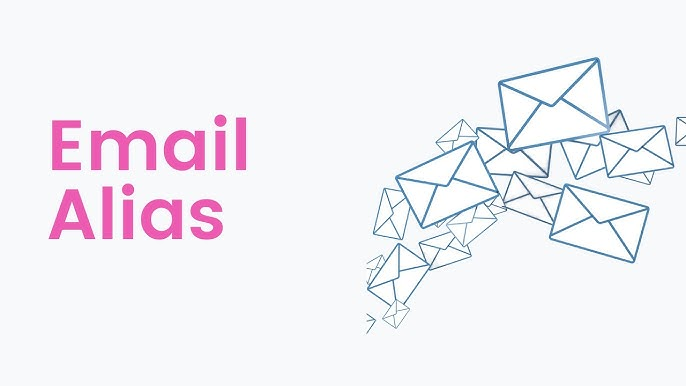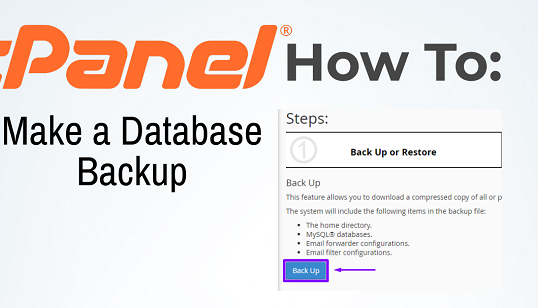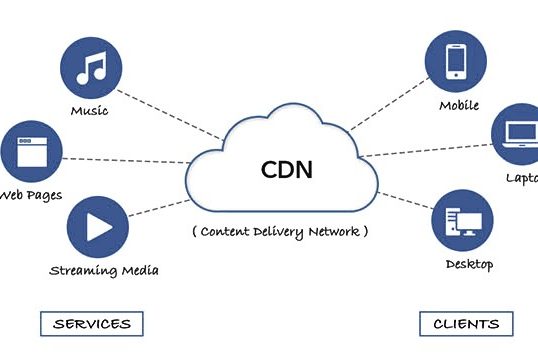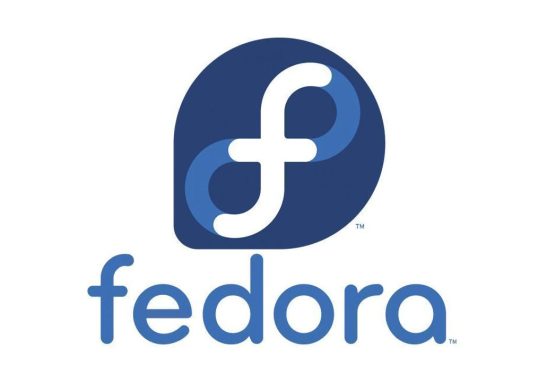
Table of Contents
What is email aliases ?
Email aliases are alternative email addresses that redirect to a primary email account. They allow you to receive emails sent to multiple addresses without creating separate accounts for each one. For instance, if your main email is john.doe@example.com, you could set up aliases like johndoe@example.com or contact.john@example.com that all direct emails to the main account inbox.
Some benefits of email aliases include:
- Organizational Clarity: You can use different aliases for different purposes (e.g.,
support@company.com,sales@company.com), which helps keep communications organized. - Privacy: An alias can be discarded if it attracts spam, without affecting the main email address.
- Ease of Management: Many email providers allow you to filter emails by alias, making it easy to categorize incoming messages.
Aliases are commonly used in business email setups, and many email providers (like Gmail, Outlook, and Apple Mail) support them for both personal and professional accounts.

How does it works in web hosting ?
In web hosting, email aliases can be very beneficial for managing communication, especially for businesses. Here’s how they help:
1. Centralized Management
- With a web hosting account, you often have access to create multiple email aliases (e.g.,
info@yourdomain.com,support@yourdomain.com). These can all be directed to one main email account, simplifying management since one person or team can monitor all incoming emails.
2. Improved Organization
- Each alias can represent different departments (like
sales@yourdomain.comorhelp@yourdomain.com). This helps organize emails according to function, making it easier to prioritize and respond accordingly. You can also set up filters or folders based on the alias to keep messages well-organized.
3. Cost Efficiency
- Many web hosting services provide a limited number of primary email addresses per account, but aliases don’t count toward this limit. Aliases allow you to set up multiple addresses without requiring additional hosting resources or email accounts, which keeps costs down.
4. Professionalism and Branding
- Having multiple, specific email aliases (e.g.,
contact@,billing@) looks more professional to customers and reflects a well-organized structure, which can improve customer trust and brand perception.
5. Spam Protection and Security
- You can use aliases for public purposes, like contact forms or newsletters, and then easily delete or change an alias if it starts receiving too much spam. This shields your main email from unwanted messages and enhances security.
6. Scalability
- As your business grows, you can easily add new aliases for new departments or services without creating entirely new email accounts. This makes it simpler to scale communications as your needs change.
Many web hosting providers offer email alias services with their plans, so you can set these up directly in your hosting control panel, making it easy to manage everything from one place.
Applications of email aliases in web hosting
Email aliases are versatile tools with a wide range of applications in personal, professional, and organizational settings. Here are some of the most common applications:
1. Role-Based Communication
- Customer Service:
support@yourdomain.com,help@yourdomain.com - Sales and Marketing:
sales@yourdomain.com,promotions@yourdomain.com - Billing and Accounting:
billing@yourdomain.com,invoices@yourdomain.com - These aliases make it easy to route emails to the right teams and create a professional image for your organization.
2. Personal Privacy and Security
- Create aliases for personal sign-ups (e.g.,
shopping.jane@example.com,social.jane@example.com) to keep your main email address private. If you begin receiving spam, you can simply delete or change the alias without affecting your primary inbox. - Use a unique alias when signing up for different online services to identify sources of spam or manage online privacy more effectively.
3. Testing and Development
- Developers often use aliases like
test@domain.comorfeedback@domain.comto simulate email flows, test application features, or receive feedback. This is especially helpful when testing apps that rely on email functions without flooding a personal inbox.
4. Organized Inboxes and Filtering
- Aliases can help organize your inbox more effectively. By setting up filters, you can automatically categorize incoming messages by alias into separate folders, like moving all emails to
events@domain.cominto an “Events” folder. - This makes email management easier by allowing you to focus on different categories at specific times.
5. Temporary and Disposable Addresses
- For short-term needs like signing up for a newsletter or a time-sensitive promotion, temporary aliases can be created and later discarded if they are no longer useful, minimizing clutter.
6. Marketing Campaigns and Tracking
- Aliases can help track the effectiveness of specific campaigns. For instance,
promo1@yourdomain.comcan be used to identify responses from a particular advertisement or promotion, allowing for better tracking and measurement of campaign success.
7. Employee and Department Transitions
- Aliases can simplify transitions when employees leave or roles change. For instance, an alias like
hr@company.comcan remain consistent while the actual employee managing that alias changes, ensuring continuity in communications.
8. Customized Client Communication
- For businesses working with multiple clients, aliases can be set up for each client or project, such as
client1@company.com. This keeps communications organized and makes it easier to track messages related to specific clients or projects.
9. Legal and Compliance Records
- Some organizations use aliases to segregate emails related to compliance, legal inquiries, or sensitive information. For instance,
legal@domain.commight capture all records necessary for audits or compliance.
10. Collaborative or Shared Inboxes
- Aliases can be directed to multiple team members, allowing for collaborative management of inquiries. For example, an alias like
info@domain.comcould be accessible by both the support and sales teams, ensuring a prompt response.
Email aliases allow for flexibility, organization, and control over communications, making them valuable for individuals and businesses alike.

Drawbacks of email aliases in web hosting
While email aliases are useful, they do come with a few drawbacks:
1. Limited Functionality
- Aliases typically don’t offer separate login access or individual inboxes, which can make it challenging if multiple people need to manage messages from a particular alias. If an alias like
support@domain.comis meant for a team, all messages will still funnel into one primary inbox, potentially leading to confusion if not well-managed.
2. No Separate Email Signature or Settings
- Most email providers don’t allow separate signatures or settings for aliases, meaning you can’t customize replies to match the alias (e.g., having a customer support signature for
support@domain.com). As a result, all replies from aliases will use the primary account’s settings and signature.
3. Limited Tracking and Analytics
- Because aliases generally route messages into the same inbox, tracking response times or categorizing message volumes by alias can be difficult. Dedicated tools are often needed to measure the performance of responses tied to specific aliases, especially in support or sales settings.
4. Risk of Misidentification
- When you reply to messages sent to an alias, the recipient may see the primary email address, which can lead to confusion or make it difficult to maintain a professional separation (e.g., using
personal@domain.combut replying fromadmin@domain.com). This is a common limitation in personal email services that don’t allow replies to appear from the alias address.
5. Lack of Security Options for Each Alias
- Many email systems don’t allow for separate security configurations on aliases. If the main account is compromised, all aliases are affected, as they don’t have separate login credentials or two-factor authentication.
6. Potential for Spam and Clutter
- Since aliases are not unique accounts, spam sent to any alias will end up in the primary inbox, potentially cluttering it and making it harder to manage messages. This is especially common if aliases are used publicly (e.g., for contact forms), making them vulnerable to spam.
7. Dependency on Primary Account Management
- Any issues with the primary email account (like reaching storage limits, technical issues, or being temporarily disabled) will affect all associated aliases. Aliases rely entirely on the main account’s availability and infrastructure.
8. Limitations by Some Providers
- Some email providers limit the number of aliases you can create, which can be restrictive for businesses with many departments or communication needs. Additionally, not all email providers support aliases at all, limiting their usability depending on the platform.
9. Difficulties in Migration
- If you decide to switch email providers or migrate your account, email aliases are often not transferable, meaning you’ll need to set up aliases again manually on the new platform.
While useful in many situations, email aliases may not be ideal for large-scale business functions or teams needing more structured communication management.
Summary
Email aliases are alternative email addresses that redirect to a main account, making it possible to receive emails for multiple addresses without creating separate accounts. They help streamline communication, organize messages, enhance privacy, and provide a professional appearance for businesses. However, aliases have limitations, such as a lack of separate settings, limited tracking, potential clutter from spam, and reliance on the main account’s availability. While ideal for small-scale management and organization, aliases may not fully meet the needs of larger businesses or teams requiring more structured email setups.





